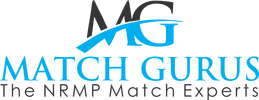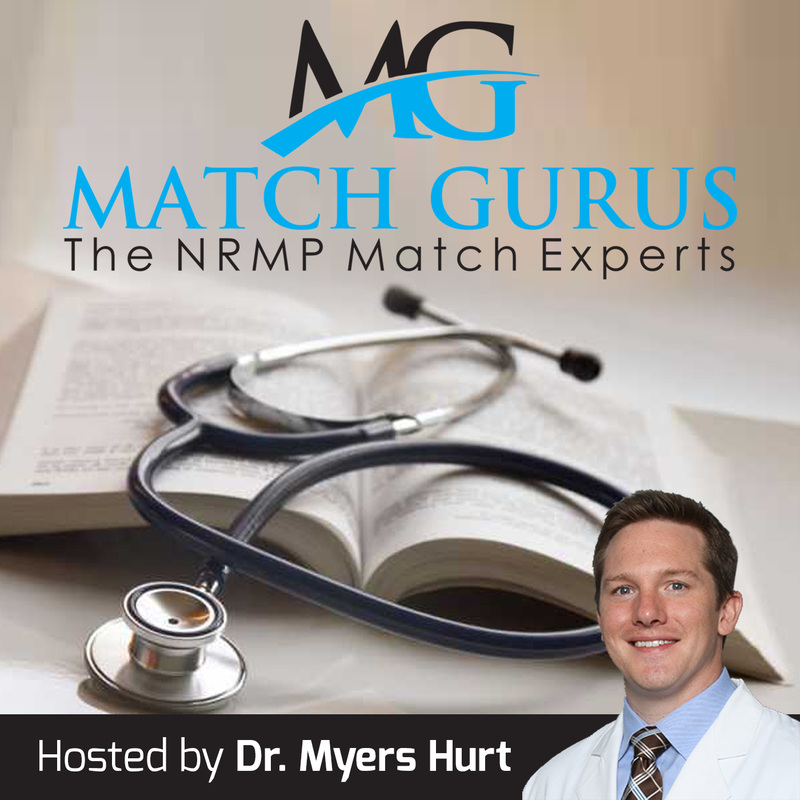|
Show Notes: Intro music: Ryan Little “Get Up” Hey everybody this is Myers Hurt with another edition of “Countdown to Match Day,” the official podcast of the Match Gurus, and the only podcast aimed at helping applicants shine on interview day. Remember to send any questions you want answered on the show via twitter @theMatchGurus or snapchat thematchgurus and we will get your questions answered. In true countdown style, this season we’ll release one podcast each week for the 40 weeks leading up to Match Day 2017. This is season 1 episode 2 - 39 weeks to go until Match Day 2017. Let’s jump into today’s topics of discussion. Why focus on the interview? Where and when the interview comes into play. Anecdotally, umbers get your foot in the door, interview gets you a job. To prove that, this is the Program Director Survey. This is 2014 data, but is the most recent they have available, and I’m hoping for a new document soon. If you read the introduction the response rate is just over 50% from program directors, but I would say it is still a good resource. The full doc is 148 pages, and divided into speciality-specific data sets, we can dissect those later in the season, but now I would invite you to look at Figure 1 on page 3 and Figure 2 on page 4. Figure 1: Percentage of programs citing each factor in selecting applicants to interview. THIS is why USMLE step 1 is so important. The USMLE is primarily a test for state medical licensing boards (NBME / FSMB), designed to see if students pass or fail, not necessarily a ranking system to see which students are best - residency programs adopted it as an objective comparison tool. DoctorsInTraining, Kaplan, Pass Program, MedQuest, USMLEWorld, Pathoma, SketchyMedical - the list goes on - these are such successful entities for this reason. FIgure 2: Percentage of programs citing each factor in ranking applicants. I'm guilty of speaking in hyperbole - but this is any area I think deserves it. No exaggeration, these are the two figures that I think are life changing - they show how students with 99%ile scores don’t match, and how mediocre IMGs can get their first choice. They answer almost every question on the ValueMD and SDN message boards. Is Step 3 important? Look at the chart. Should I do an away rotation? Look at the chart. How important are letters of recommendation? Look at the chart. If you look through the entire document at the speciality you are applying to, you will be able to tease out nuances that your speciality values, and what program directors in that speciality have explicitly stated they are interested in. AAFP Strolling through the MATCH The 2016 AAFP booklet. Admittedly, as a family practice doc I am mostly exposed to AAFP materials, but this is a document that serves all medical students, not just those interested in primary care. My previous institution has a family medicine interest group that hosts an annual event that highlights this document. General residency application timeline and checklist, listing the Table of Contents: Section 1 - Choosing a Specialty Section 2 - IMG resources Section 3 - Preparing your Credentials - CV, personal statement tips, LoR tips Section 4 - Selecting a Program Section 5 - The interview Process - etiquette, question types, etc Section 6 - The Match: What is it and How it Works Section 7 - The SOAP - Supplemental Offer and Acceptance Program Section 8 - Resources As you can see, a fairly robust document that is beneficial to all applicants, and a good place to look for up to date answers. Question of the Day: Alistair asks: Is research I did in undergrad significant enough to “count” for my ERAS application?
1 Comment
|
"Countdown to the Match" Podcast by Dr. Myers HurtEach week, Dr. Hurt will provide tips and resources to help you get matched! #matchgurus #nrmp Archives
August 2016
Categories
All
|


 RSS Feed
RSS Feed
